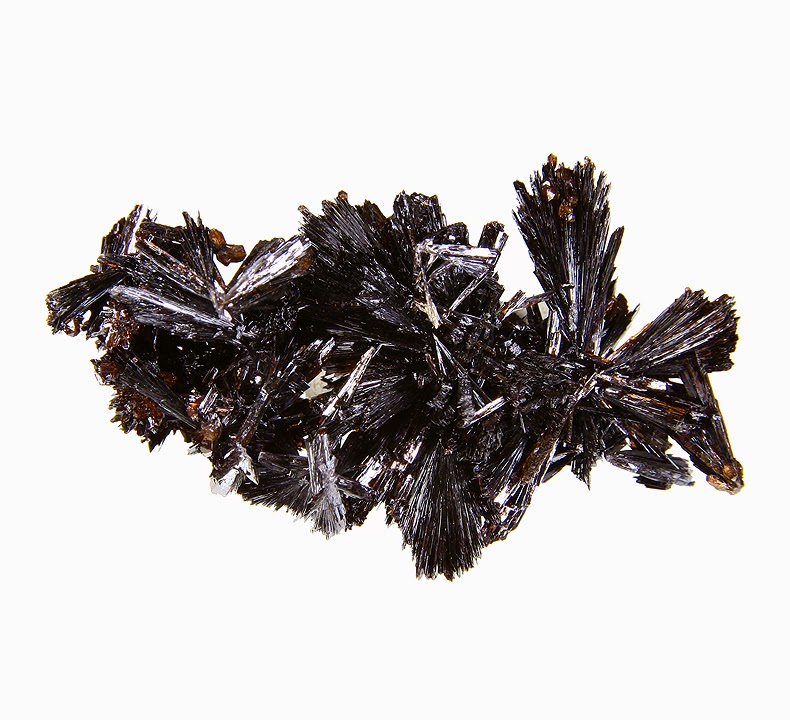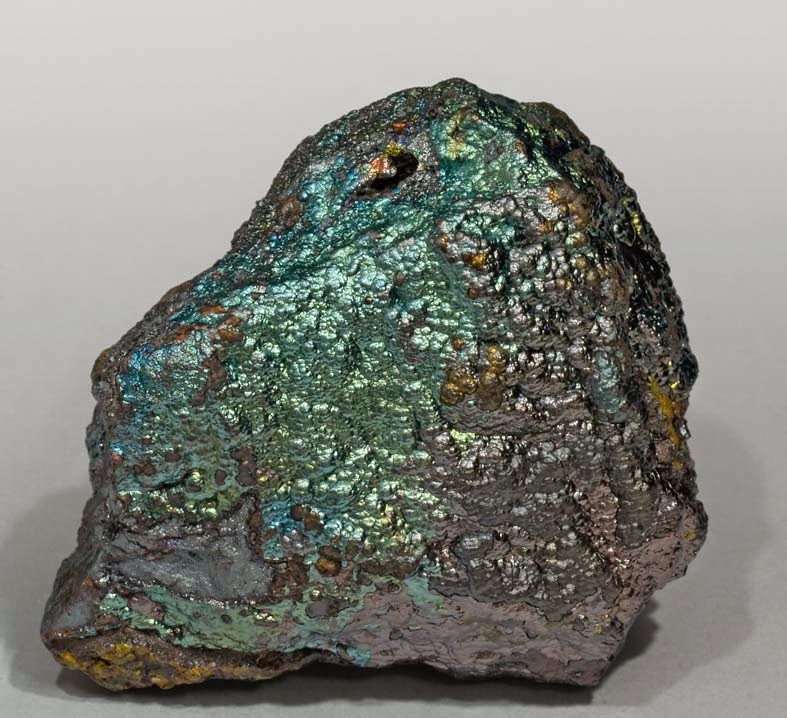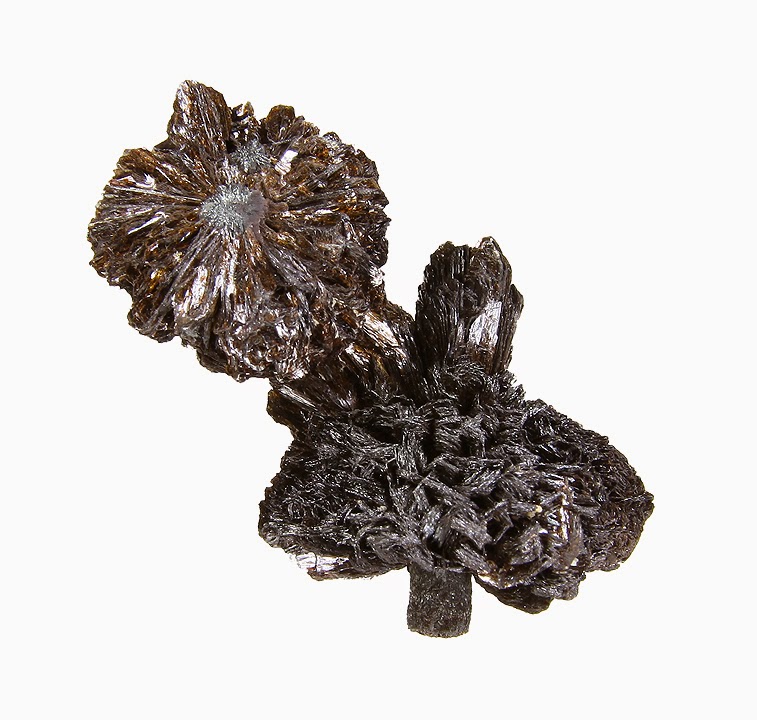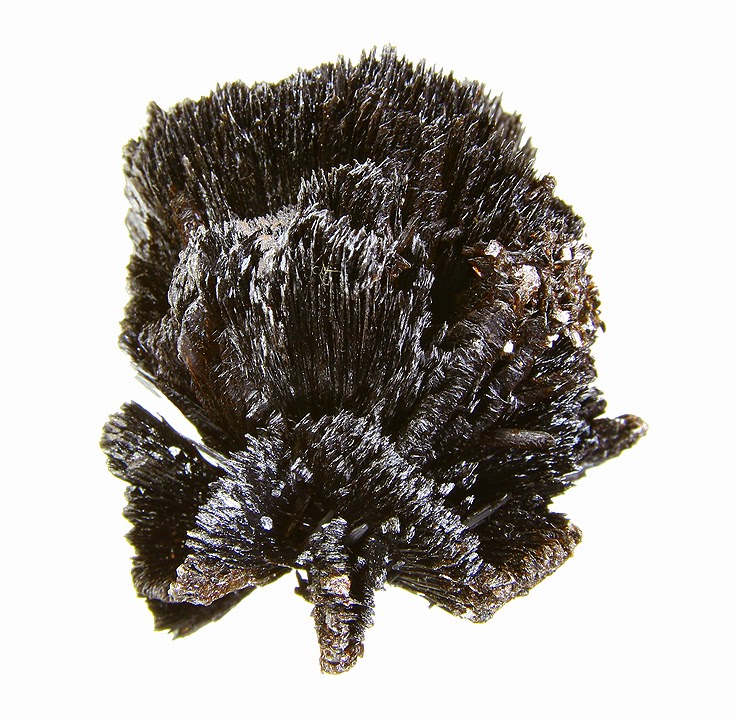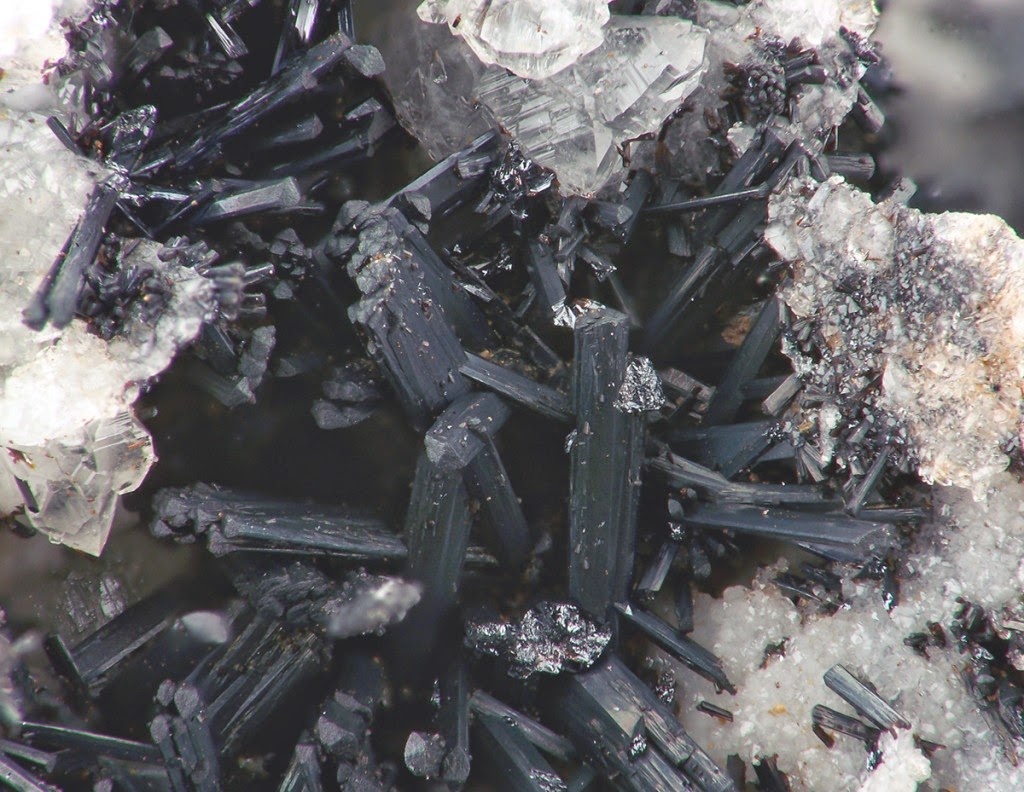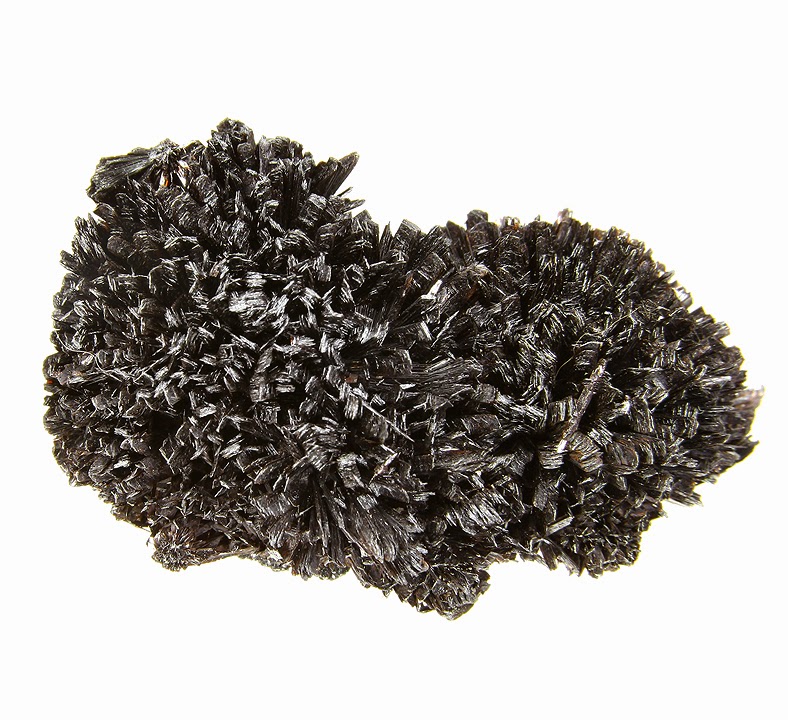
Chemical Formula: FeO(OH)
Locality: Mesabi district, Minnesota, USA.
Name Origin: Named after the German poet, J. W. Goethe (1749-1832).Goethite (FeO(OH)), named after the German polymath and poet Johann Wolfgang von Goethe (1749–1832), an iron bearing hydroxide mineral of the diaspore group, is found in soil and other low-temperature environments. Goethite has been well known since ancient times for its use as a pigment (ochre). Evidence has been found of its use in paint pigment samples taken from the caves of Lascaux in France. It was first described in 1806 for occurrences in the Hollertszug Mine, Dermbach, Herdorf, Siegerland, Rhineland-Palatinate, Germany.In 2003, nanoparticulate authigenic goethite was shown to be the most common diagenetic iron oxyhydroxide in both marine and lake sediments.
Locality: Mesabi district, Minnesota, USA.
Name Origin: Named after the German poet, J. W. Goethe (1749-1832).Goethite (FeO(OH)), named after the German polymath and poet Johann Wolfgang von Goethe (1749–1832), an iron bearing hydroxide mineral of the diaspore group, is found in soil and other low-temperature environments. Goethite has been well known since ancient times for its use as a pigment (ochre). Evidence has been found of its use in paint pigment samples taken from the caves of Lascaux in France. It was first described in 1806 for occurrences in the Hollertszug Mine, Dermbach, Herdorf, Siegerland, Rhineland-Palatinate, Germany.In 2003, nanoparticulate authigenic goethite was shown to be the most common diagenetic iron oxyhydroxide in both marine and lake sediments.
Physical Properties
Cleavage: {010} Perfect, {100} Distinct
Color: Brown, Reddish brown, Yellowish brown, Brownish yellow, Ocher yellow.
Density: 3.3 – 4.3, Average = 3.8
Diaphaneity: Subtranslucent to opaque
Fracture: Hackly – Jagged, torn surfaces, (e.g. fractured metals).
Hardness: 5-5.5 – Apatite-Knife Blade
Luminescence: Non-fluorescent.
Luster: Adamantine – Silky
Streak: yellowish brown
Photos :
